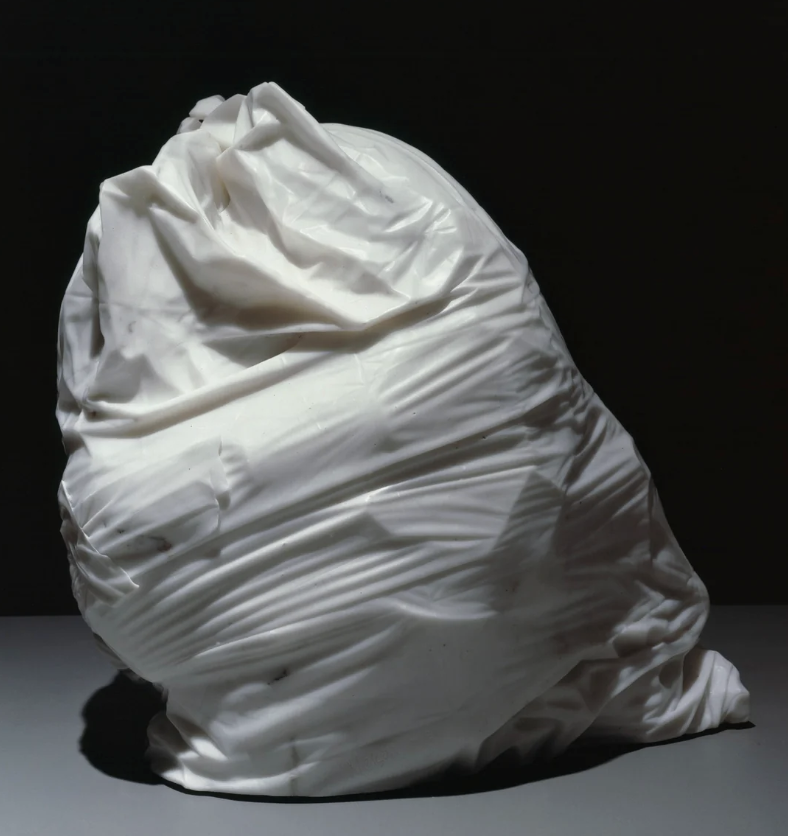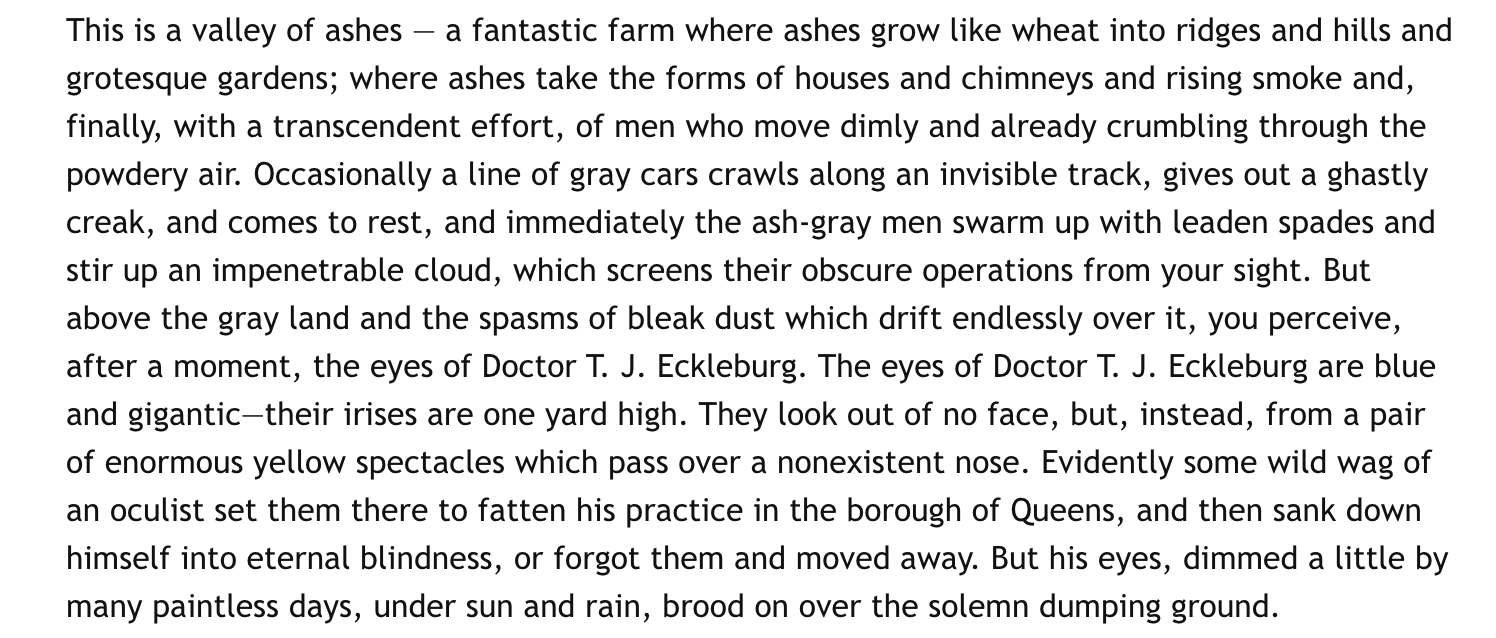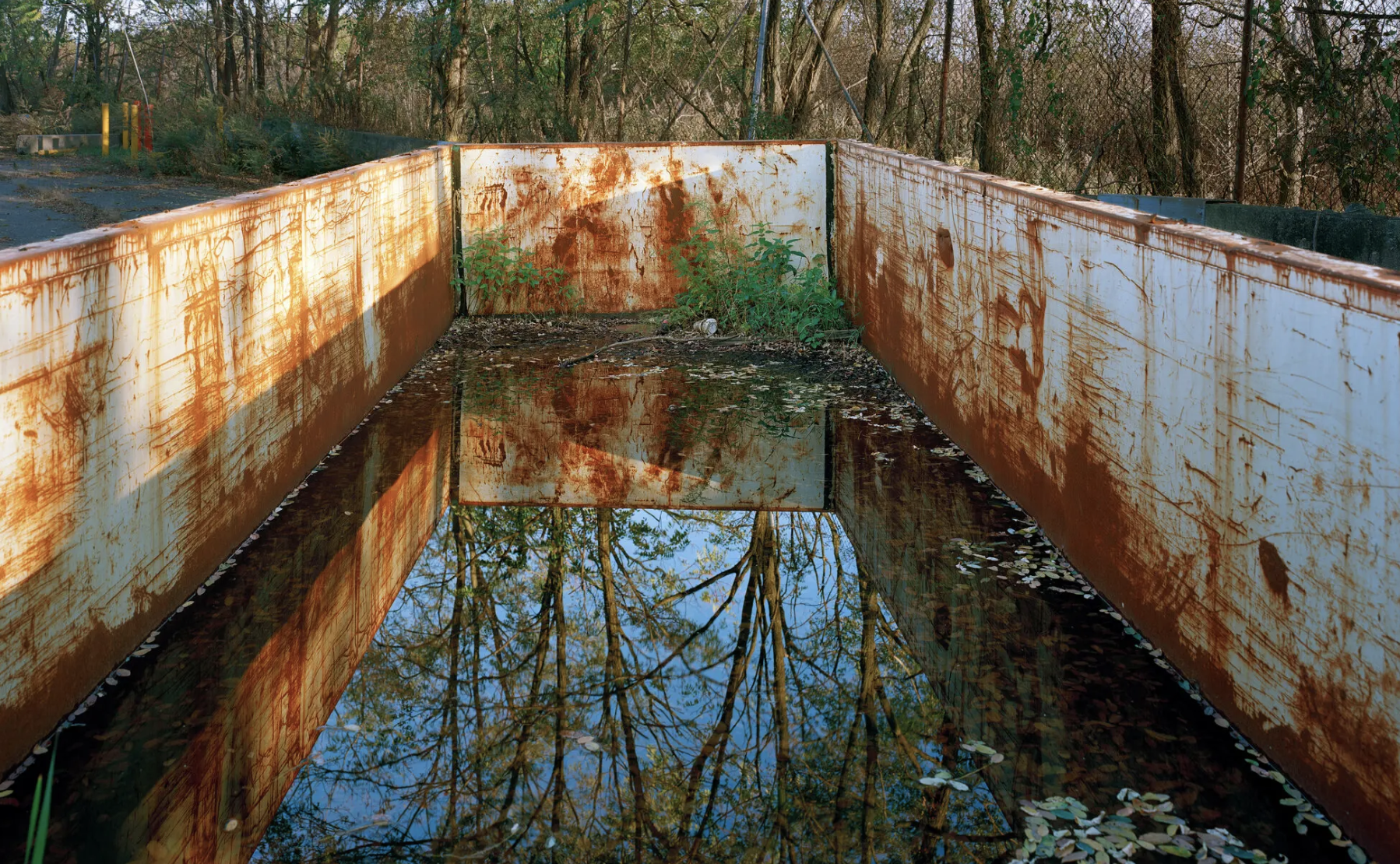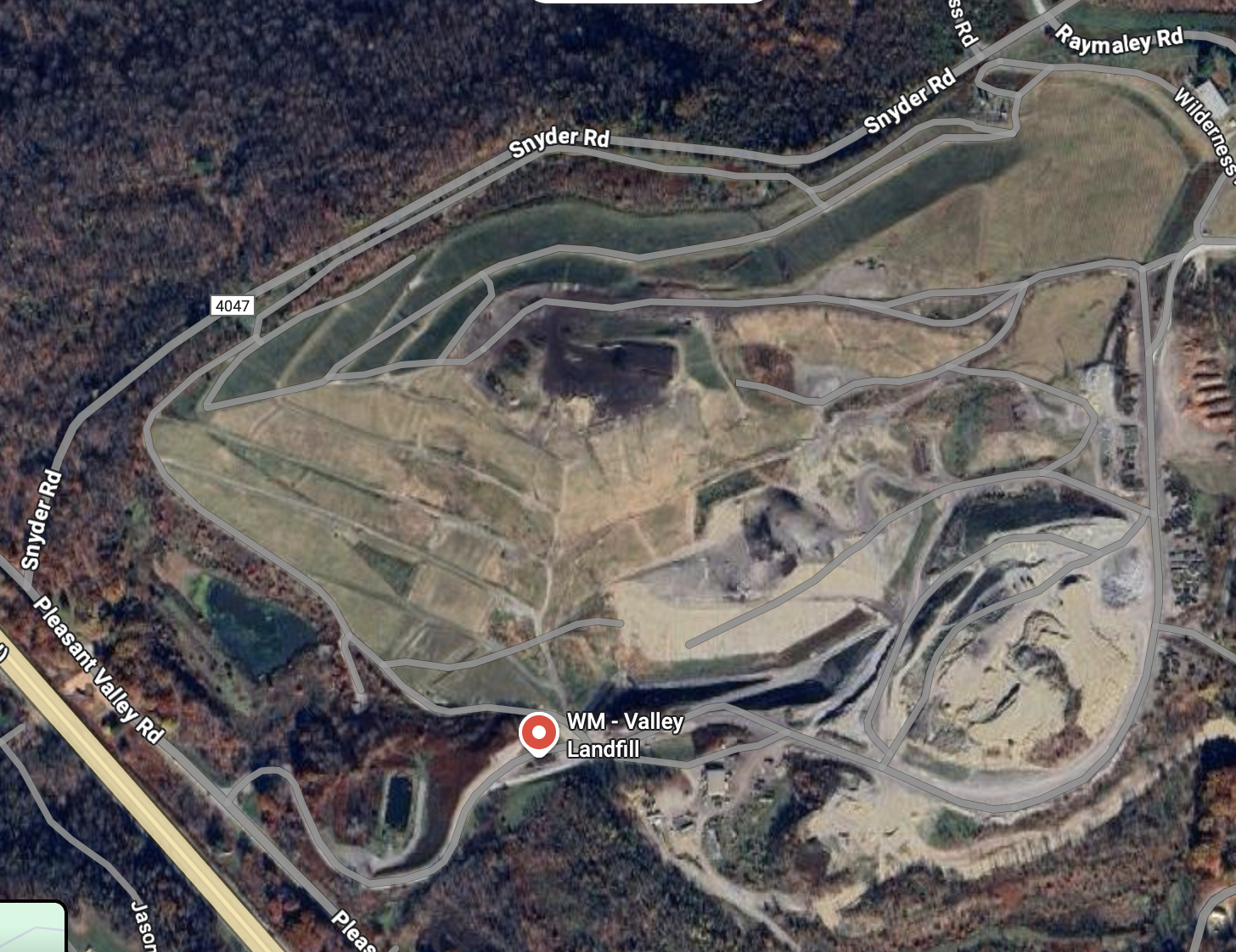trash

This one's going to be kind of a mess, but I don't think there's been a more "me" post yet.
My friend's family plays a game with their daughter where they list a few facts about a person and the daughter tries to guess who the person is. I was told that at like 6 or 7 years old, the daughter did not guess me correctly after all the facts were given and she had to ask who they were talking about. They said, "Tim." The daughter threw her arms up in a huff and said I was actually an easy one: she only needed one fact about me and she would've knew it was me immediately. The one fact she said she needed to hear was, "He loves garbage."
This is indeed a fact about me. I almost like landfills as much as I like cemeteries.
I don't know when it started, but I find our relationship to garbage, as Americans and humans, fascinating. We want to leave it on the curb and it just magically disappear – but it doesn't. Archaeology is nothing if not the study of ancient burial grounds, toilets, and garbage dumps. Everything you have ever thrown away still exists somewhere. We all know this, but do we really know this?
My curiosity causes me to read anything trash or landfill related that creeps up in the news or online. It often comes up in unexpected places, too, like classic novels. From Great Gatsby:

Lots of symbolism in there, but the valley of ashes was real. Outside of NYC, trains dumped coal ash atop burning garbage for decades: a foil for the lavish parties happening on West Egg. Modernity always comes with a cost. The amount of people living in and around NYC for hundreds of years provides many tales of this dichotomy. Articles about Fresh Kills Landfill, and the future Freshkills Park, have kept me entertained for hours. What was once the world's largest, ugliest, most toxic landfill – syringes washing up in New Jersey anyone? – is in the process of becoming a park 3 times the size of Central Park. (Even recently, The New Yorker had an article on the return of some birds unseen for decades to that area thanks to the rehabilitation.) The park will be open to the general public in the next few years and is scheduled to be completed in 2037.

This is a success story, albeit one 70-plus years in the making. Everything humans do is an experiment. Fresh Kills Landfill taught a generation of engineers lessons on what NOT to do. Restoring the area teaches additional lessons about how nature, paired with human stewardship, can undo, or at least minimize, mistakes of the past.
But, one of my favorite essays on this topic is from a fellow Pittsburgher: Jeanne Maria Laskas. In "This is Paradise,"* originally published in the magazine GQ in 2008, she immerses herself in the inner workings of the Puente Hills Landfill outside of Los Angeles, California, once the second largest landfill in the country. She meets the people who work there everyday and tries to understand the massive scale of the operation. There are a lot of challenges when it comes to waste disposal, and she highlights a major one:
A more urgent and literally more pressing concern than birds (gulls) in any landfill is leachate, the liquids that might ooze out. People are not supposed to throw away paint thinner or nail polish or batteries or transmission fluid or motor oil, but plenty do, plenty of it comes in on trucks, and plenty of it gets smashed and smushed, mixing with rainwater into an unpredictably toxic cocktail that, if it escapes the landfill and gets into the groundwater, could be deadly to nearby communities. And so a twelve-foot liner of clay, plastic, sand, and other barrier materials covers the walls and floor of the landfill – a diaper of the largest scale imaginable, designed to absorb and seal in wetness. Seventeen miles of pipes carry the leachate into collection areas. A team of field engineers specializes in monitoring leachate, cleaning and purifying it. One of the ways a landfill engineer anywhere in the world earns bragging rights is if he can pour himself a glass of the leachate from his landfill and drink it.
Gnarly stuff. The Puente Hills Landfill she wrote about has since closed and is in the process of becoming a park as well. It closed because it too ran out of space.
Lastly, the banner image above is a sculpture by Jud Nelson called "2-Ply" (1981).** Commissioned by the Walker Art Center in Minneapolis, he sculpted a large Italian Carrera marble block to resemble a bag of everyday trash as a comment on American consumerism and its ever-growing throwaway culture.
All of these examples should highlight my fascination with garbage. Which takes me to an episode in my life as a writer. In early 2020, I wrote a screenplay to add to my portfolio, which was mostly TV pilots at that point. It was called Grunts. After the shutdown that year, many people read Grunts. Liking it, one person invited me to pitch a different original idea. I turned over many ideas in my head as I tried to figure out what might grab the attention of this particular production company. The day of the pitch came and I went with something along these lines:
After failing to make it as a documentarian in New York City, the eldest son in a family of four returns to Ohio with the hopes of reuniting his estranged family one final time in their old home, which is butt up against the Midwest’s largest landfill.
Of course I explained more about the film idea during the pitch, but that's the gist of it. I hung up the phone, feeling good about how I articulated the idea and why I thought this story needed to be told. Then it hit me: I had named the film Trash. I had just tried to sell Trash. It was the first pitch of my life and I had basically said, "Here's garbage, wanna buy it?"
Unbelievably, they did. They liked that the characters felt real and that it dealt with real-world problems: estrangement and refuse. After Fresh Kills Landfill closed, NYC had to find some place to throw its garbage. It paid other states, states with more land, to take it and bury it. I found this metaphor worked well for my protagonist, who felt that he failed in the big city and was sent home to the same place his garbage ended up. During the writing process, I researched garbage a lot and learned many more fascinating things. I could write a second post with more of those one day. And probably a third. I wrote and delivered the screenplay and, as of this writing, the company is still trying to finance and produce the script. Who knows if it will ever be made.
All of this curiosity, research, and writing culminated one day when I stood on the curb out front my house as the garbage collection truck went by and I asked the sanitation worker where they dumped the trash, trash I had created. He informed that it went to a landfill east of the city. I searched online for my Valley of Ashes, my Fresh Kills Landfill, my Puente Hills Landfill. I found it here:

Fun challenge 1A: Do you know where you garbage ends up? If you do – or don't – let me know. I'm curious!
It was after learning all of this that my friend's young daughter innocently asked her parents the question, "Where does the trash go?" Not knowing an answer, they told her to ask me; I was visiting them for dinner that night. She asked me and I must've went on and on and on, because that is how she knows me now, as a trash-loving maniac. And I couldn't be happier about it.
* Fun fact: When I look up the Jeanne Marie Laskas' article by name, a show I wrote for in the Bahamas has the same title, "This is Paradise," and comes up as the top result.
** Not THE Judd Nelson from The Breakfast Club, a different Jud Nelson.
indoor animal is curated by a human: Tim Papciak. On Mondays, he shares one link to one music video to help spark creativity in himself and in other creative types. On Thursdays, he recommends a book, movie, show, art piece, or link to some dusty corner of the internet that he believes either 1.) adds to the human experience, or 2.) serves as a coping mechanism in the year 2025. Note: this is not, and never will be, self-help content.